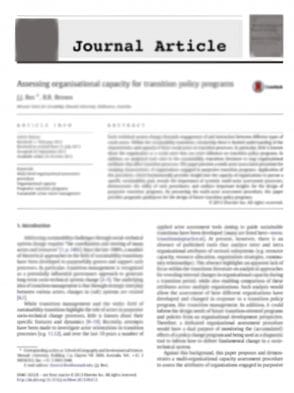Modelling the impact of stormwater source-control infiltration techniques on catchment baseflow
Abstract
Stormwater management increasingly recognises the need to emulate, to the maximum extent possible, the flow regime of receiving waters in their pre-development state. Hydrological models play a central role in assessing the catchment-scale impacts of alternative stormwater management strategies. However, because of the complexity of physical processes involved in urban hydrology, particularly subsurface flows, the predictive performance of such models is often low. We investigated how the structure of hydrological models influenced the prediction of urbanisation and stormwater management impacts on baseflow. We calibrated three conceptual models of the same reference catchment and compared the modelled flow regime from different stormwater management scenarios, using each of the three model structures. Scenarios were assessed using six metrics, characterising the whole streamflow regime and in particular baseflow. Although the three models of the reference catchment represented the observed hydrograph well, the most complex structure developed using a thorough diagnostic of the catchment behaviour better captured the change in hydrological regime during dry years. Predictions of baseflow changes due to urbanisation varied significantly according to the model structure. Similarly, the models showed distinct responses to the stormwater management scenarios applied, especially for scenarios involving infiltration of stormwater at source. Our results confirm the importance of predicting the consequences of land use changes with conceptual models that are consistent with the hydrological behaviour of the study catchment. Future work should help to quantify the uncertainties due to model structure and thus provide practical guidance to the use of catchment models for assessing stormwater management strategies.
